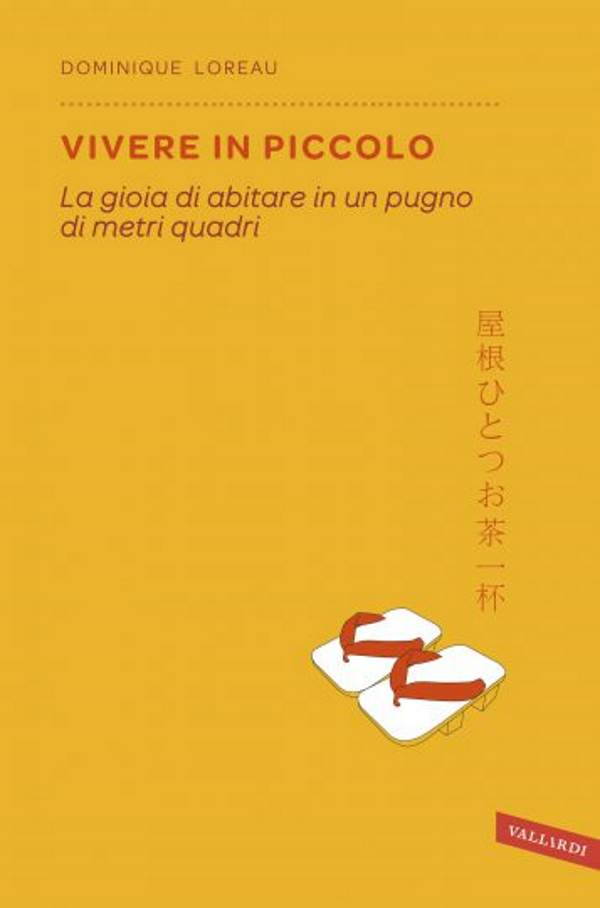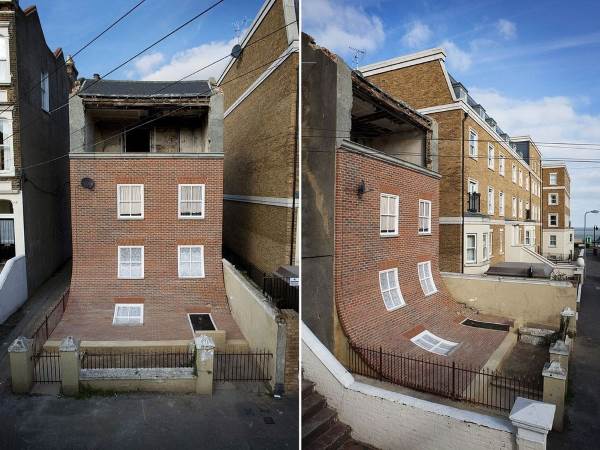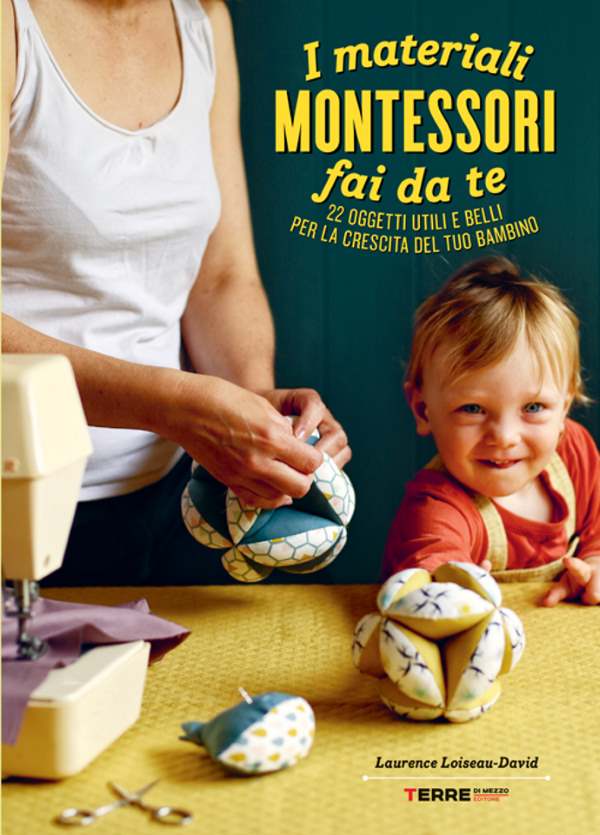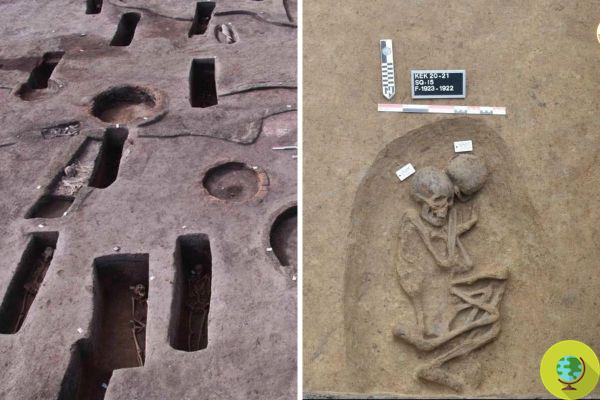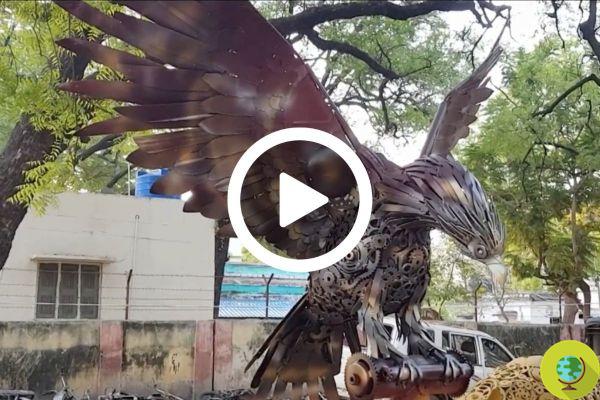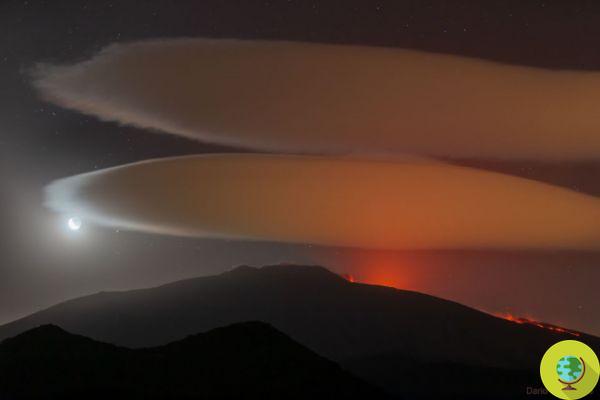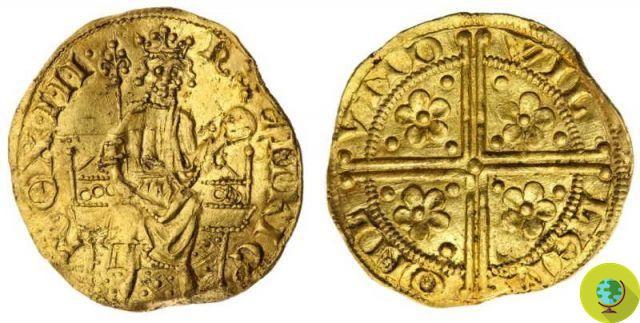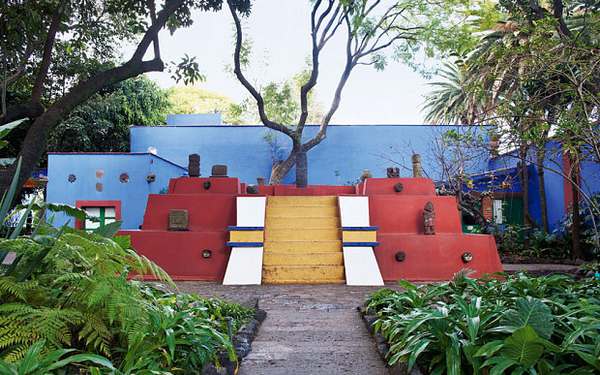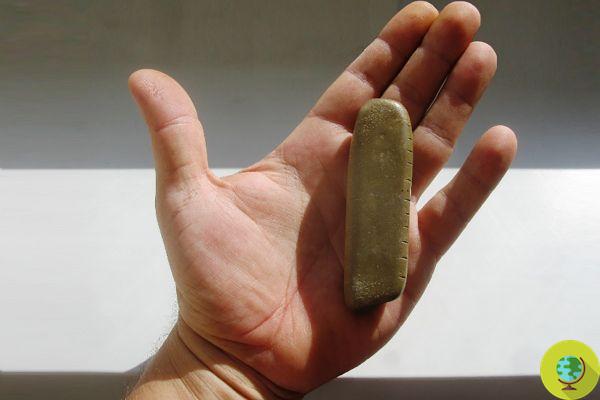In the depths of Lake Titicaca an ancient stone box for Inca offerings was found which reveals some interesting details about this people
Don't store avocado like this: it's dangerousThe discovery in Lake Titicaca of a stone box used for offerings by the Incas gives us the opportunity to discover something more about this ancient people and their belief system.
During an underwater investigation into the lake on the border between Bolivia and Peru, an international team of archaeologists recovered an offer box made of andesite, a local volcanic stone, which lay on the K'akaya cliff about 18 feet (about 5 XNUMX/XNUMX meters) below the lake's surface.
The mysterious box measured approximately 45 by 25 by 16cm, had a concave cavity inside for offerings and was sealed with a round stone cap. The most incredible thing is that this, despite being in the water for more than 500 years, it has remained practically intact.
Inside the box, analyzed by experts from the State University of Pennsylvania and the Université libre de Bruxelles, were found a tiny rolled cylinder of gold foil and miniature of a llama or alpaca made with material obtained from spondylum shells, a rare and precious mollusc. Basically an ancient offering made to the lake and to the gods by the Inca population.
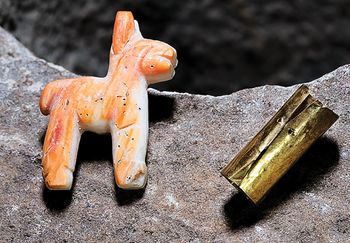
© T. Seguin/Univ. free of brussels
The cylinder, according to archaeologists, could be a miniature replica of a chipana, a type of bracelet that the Inca nobles wore on their right forearm.
This it was not the first such discovery made in the lake. The rumor that, submerged at the bottom of Titicaca, there were various treasures attracted many Spanish conquerors (a report of 1541 tells of 10 men who drowned to try to find them).
Even in modern times several divers, including the famous explorer Jacques Cousteau, have scoured the waters of the lake in search of surprises.
In this way, dozens of stone boxes of different shapes were recovered, but the contents inside were still intact only in a very small part of them, many in fact had been damaged or looted.
These findings suggest that Lake Titicaca had a sacred role for the ancient people of Latin America. The position of the last found offering also indicates that the Inca considered all of Lake Titicaca as sacred and not just the Island of the Sun.
In the XNUMXth and XNUMXth centuries, as the Inca Empire was expanding from the Andes, Lake Titicaca is thought to have become a significant cultural and religious center. In fact, its main island is said to be the birthplace of the first two Incas and also of their Sun God (hence the name, Island of the Sun).
Scientists have carefully cataloged Lake Titicaca's submerged sacrifice inventory for years, and in some areas they have discovered animal bones, gold medallions, incense burners, ornaments and other sacrificial lamas and stone boxes. But this new discovery was located in a completely different part of the lake, which was previously not known to be sacred.
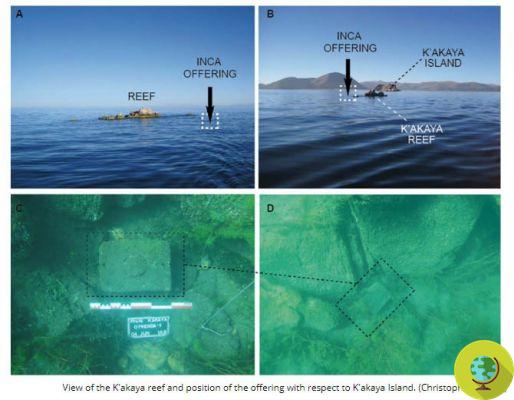
Researchers suspect that the Incas put these two objects in the stone box and then used ropes to lower them into the water during a religious ceremony of some kind.
"There were multiple complementary meanings ”of the offers, ranging from grand political statements to simple agricultural demands, said Christophe Delaere, one of the authors of the study published in Antiquity.
Among other things, stone boxes containing small figures and gold objects have also been discovered in Inca human sacrifice sites in the Andes. There may therefore also have been a connection between the human sacrificial ceremonies that were intended to appease the Inca deities and the events taking place on Lake Titicaca, including submerged ritual offerings.
If the historical accounts of the Spanish invaders are correct, the box may have contained the blood of children or animals, although no human remains have been found in the lake to date.
According to Professor Delaere:
“The underwater world of the hinterland remains largely unexplored and offers extraordinary opportunities for understanding prehistoric societies. The underwater heritage of Lake Titicaca still has many surprises to reveal "
Fonti: National Geographic / Antiquity
Read also:
- A precious manuscript with the memories (and secrets) of the Incas was found
- Machu Picchu: free admissions to the suggestive Inca city to revive tourism in Peru
- Lake Titicaca: the extraordinary floating islands that risk disappearing forever (PHOTO)









